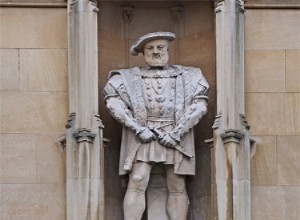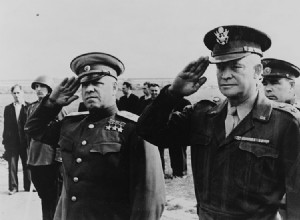During the 20th century, Italy and Germany mastered two terrible and related ideologies - fascism and Nazism. The end of World War II did not mean the end of the bloody regimes in Europe. The post-war ideological squabbles resulted in the fact that the words fascism and Nazism were used interchangea




